9 min read
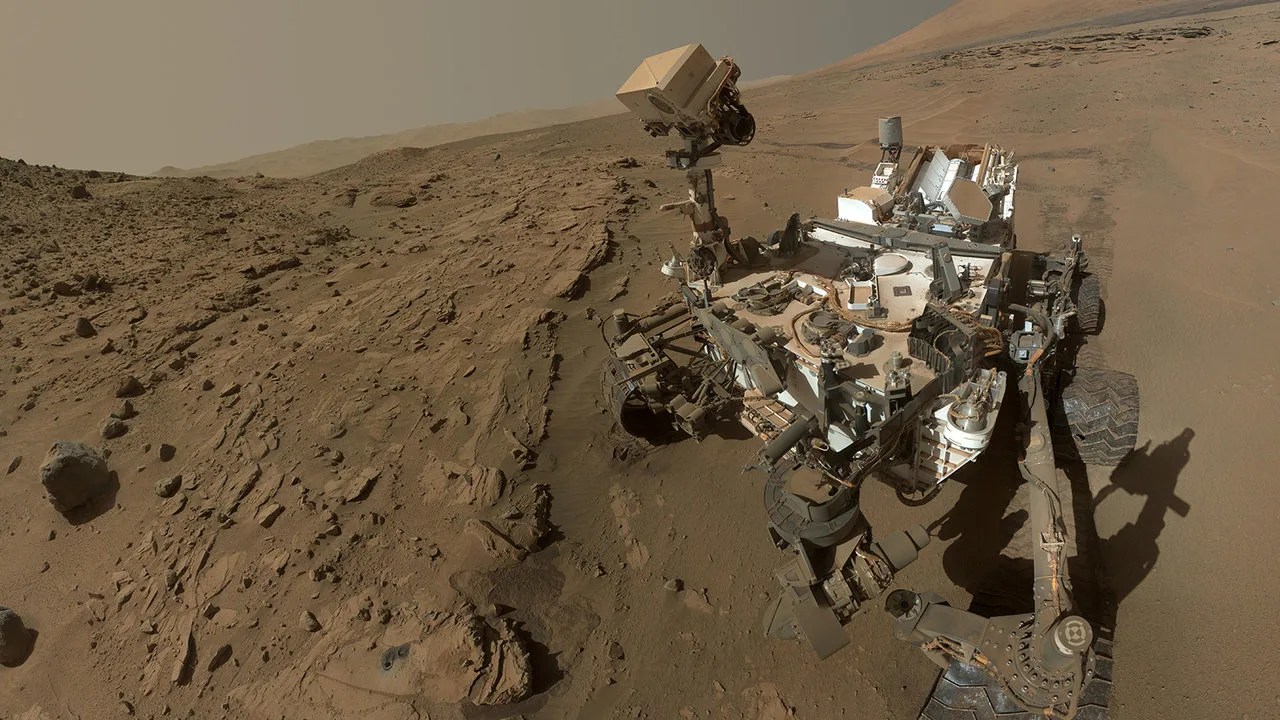
To most of us, dust is an annoyance. Something to be cleaned up, washed off or wiped away. But these tiny particles that float about and settle on surfaces play an important role in a variety of processes on Earth and across the solar system. So put away that feather duster for a few moments, as we share with you 10 things to know about dust.
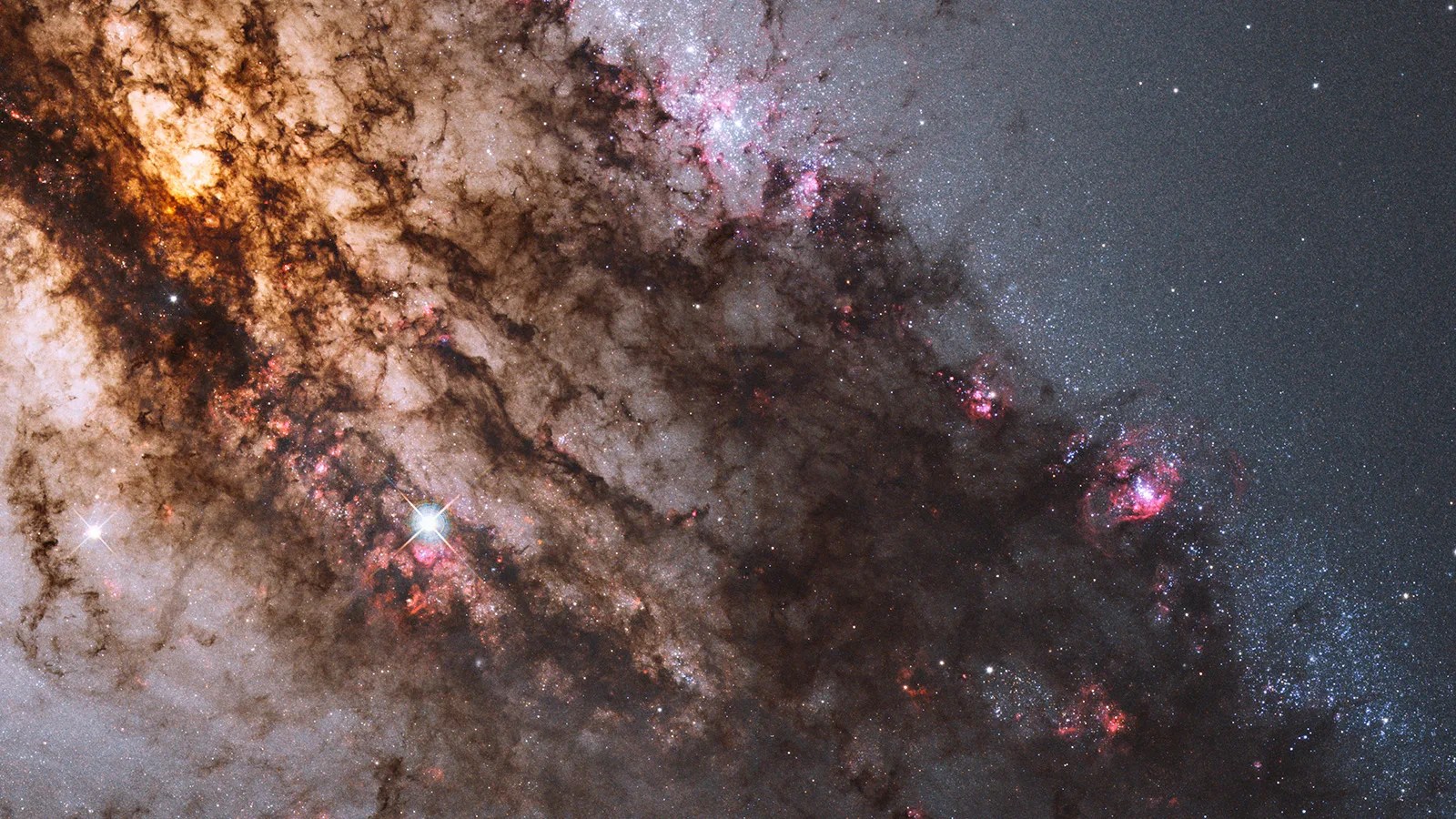
Not all of what we call "dust" is made of the same stuff. Dust in your home generally consists of things like particles of sand and soil, pollen, dander (dead skin cells), pet hair, furniture fibers, and cosmetics. But in space, dust can refer to any sort of fine particles smaller than a grain of sand. Dust is most commonly bits of rock or carbon-rich, soot-like grains, but in the outer solar system, far from the Sun's warmth, it's also common to find tiny grains of ice as well. Galaxies, including our Milky Way, contain giant clouds of fine dust that are light years across – the ingredients for future generations of planetary systems like ours.
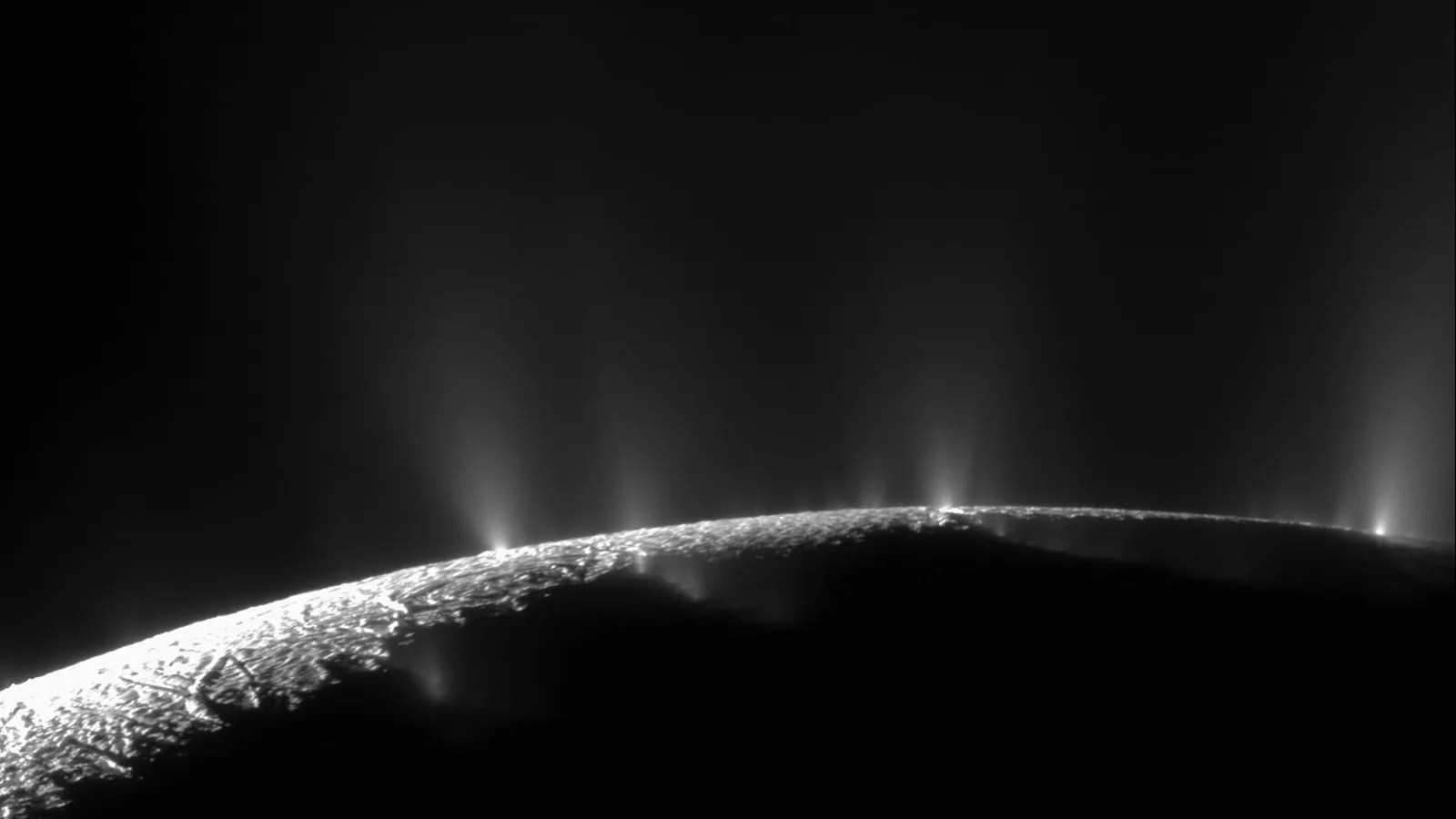
Dust grains come in a range of sizes, which affects their properties. Particles can be extremely tiny, from only a few tens of nanometers (mere billionths of a meter) wide, to nearly a millimeter wide. As you might expect, smaller dust grains are more easily lifted and pushed around, be it by winds or magnetic, electrical, and gravitational forces. Even the gentle pressure of sunlight is enough to move smaller dust particles in space. Bigger particles tend to be heavier, and they settle out more easily under the influence of gravity.
For example, on Earth, powerful winds can whip up large amounts of dust into the atmosphere. While the smaller grains can be transported over great distances, the heavier particles generally sink back to the ground near their source. On Saturn's moon Enceladus, jets of icy dust particles spray hundreds of miles up from the surface; the bigger particles are lofted only a few tens of miles (or kilometers) and fall back to the ground, while the finest particles escape the moon's gravity and go into orbit around Saturn to create the planet's E ring.
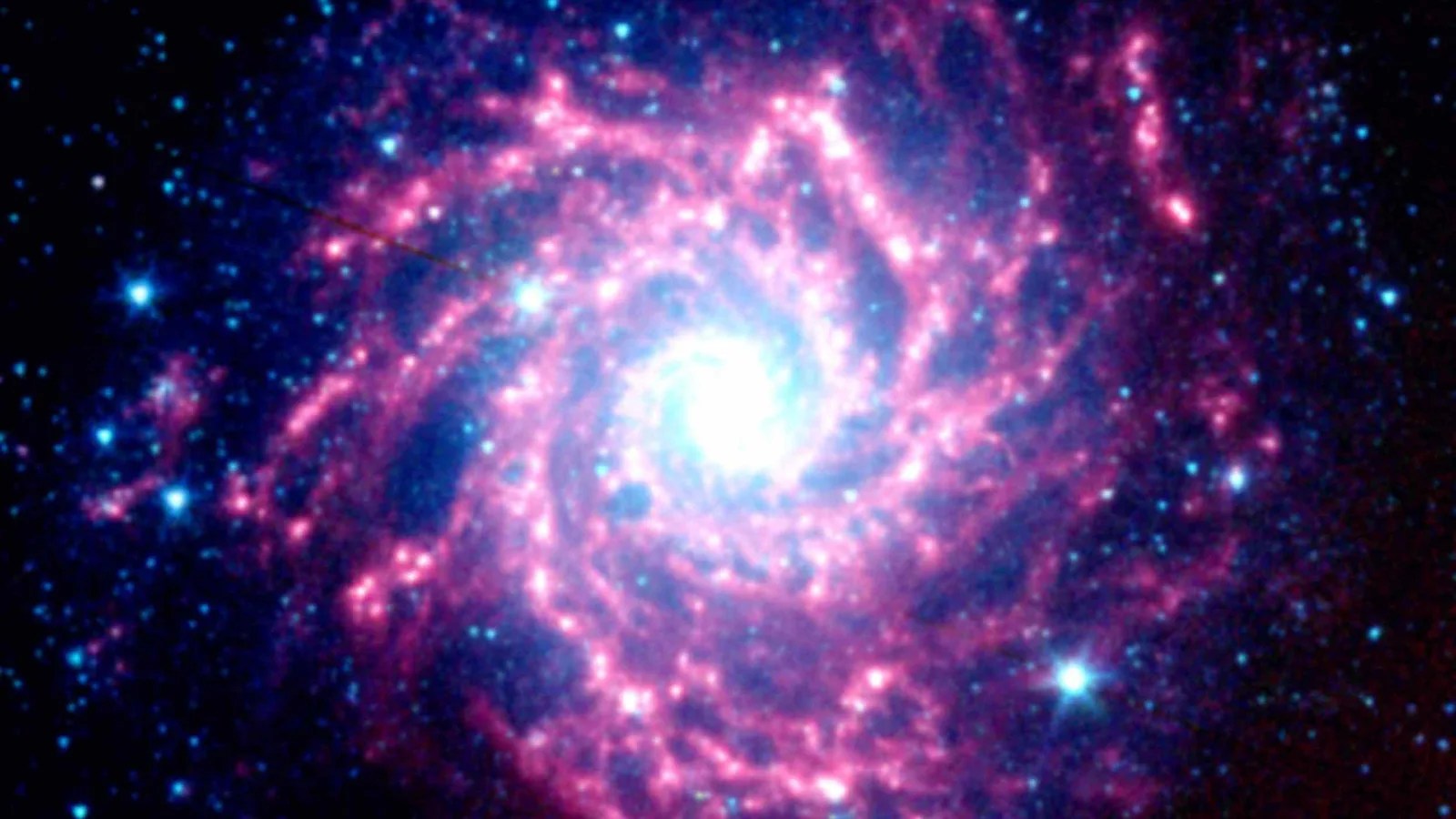
Generally speaking, the space between the planets is pretty empty, but not completely so. Particles cast off by comets and ground up bits of asteroids are found throughout the solar system. Take any volume of space half a mile (1 kilometer) on a side, and you’d average a few micron-sized particles (grains the thickness of a red blood cell).
Dust in the solar system was a lot more abundant in the past. There was a huge amount of it present as the planets began to coalesce out of the disk of material that formed the Sun. In fact, motes of dust gently sticking together were likely some of the earliest seeds of the planet-building process. But where did all that dust come from, originally? Some of it comes from stars like our Sun, which blow off their outer layers in their later years. But lots of it also comes from exploding stars, which blast huge amounts of dust and gas into space when they go boom.
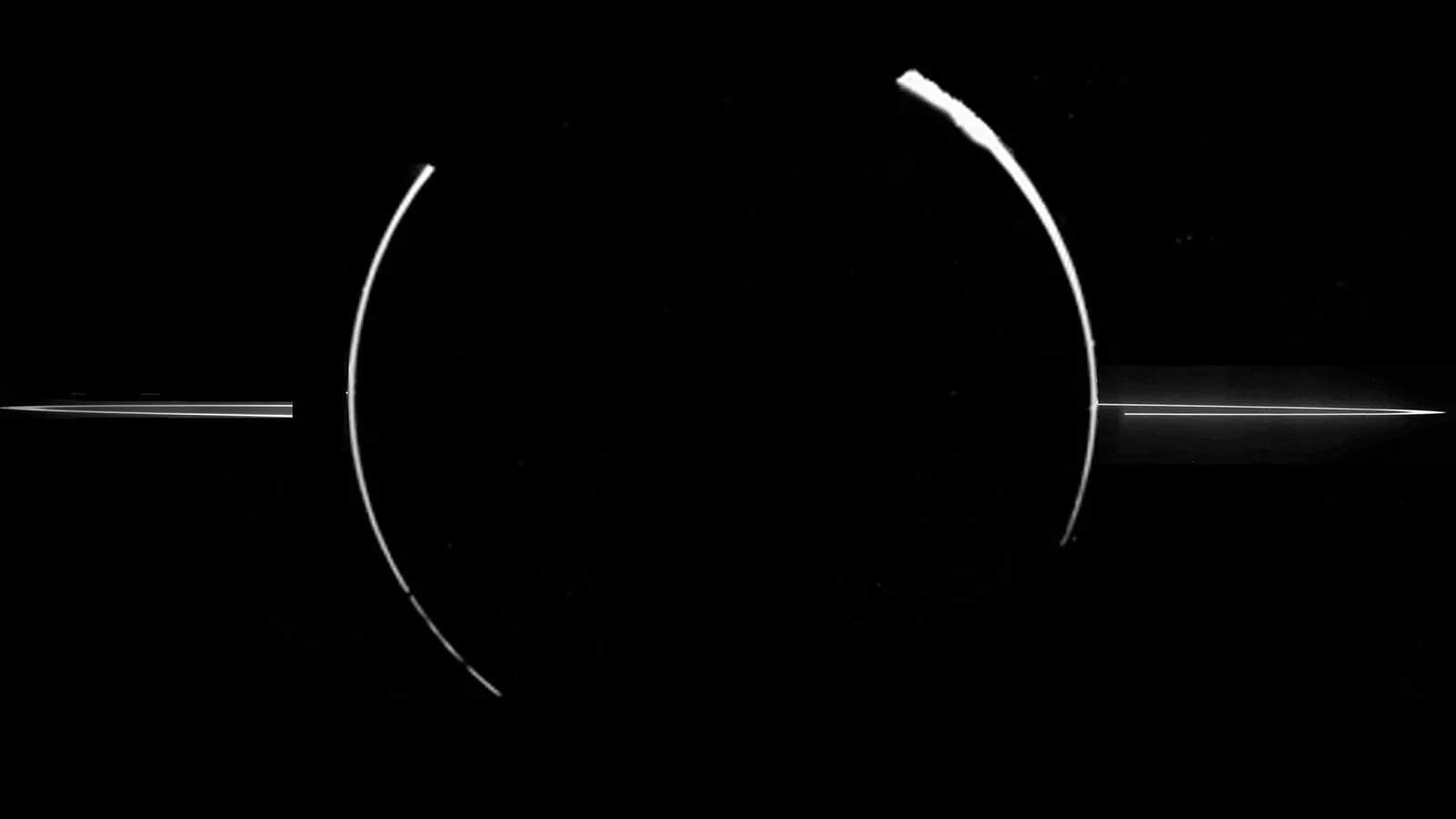
Dust is easier to see from certain viewing angles. Tiny particles scatter light depending on how big their grains are. Larger particles tend to scatter light back in the direction from which it came, while very tiny particles tend to scatter light forward, more or less in the direction it was already going. Because of this property, structures like planetary rings made of the finest dusty particles are best viewed with the Sun illuminating them from behind. For example, Jupiter's rings were only discovered after the Voyager 1 spacecraft passed by the planet, where it could look back and see them backlit by the Sun. You can see the same effect looking through a dusty windshield at sunset; when you face toward the Sun, the dust becomes much more apparent.
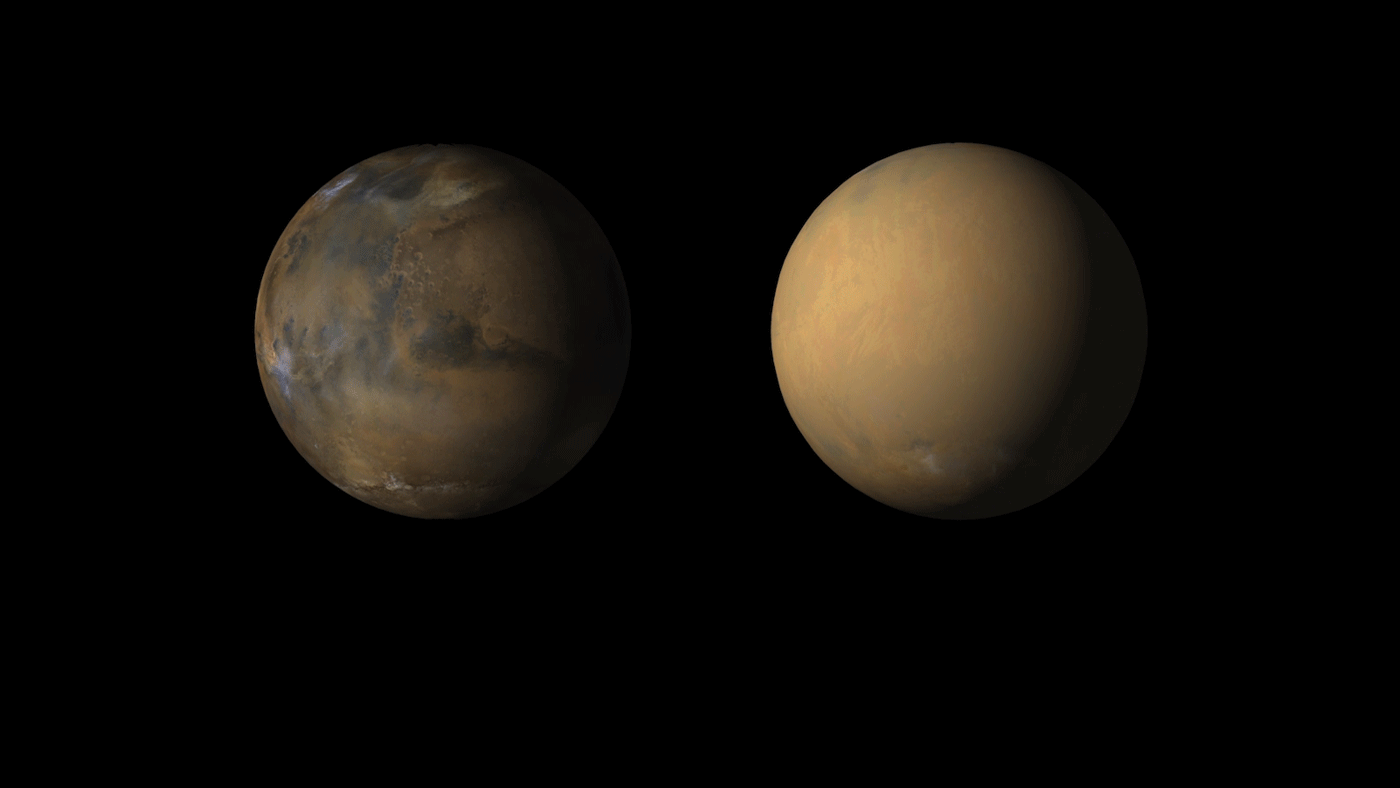
Local dust storms occur frequently on Mars, and occasionally grow or merge to form regional systems, particularly during the southern spring and summer, when Mars is closest to the Sun. On rare occasions, regional storms produce a dust haze that encircles the planet and obscures surface features beneath. A few of these events may become truly global storms, such as one in 1971 that greeted the first spacecraft to orbit Mars, NASA's Mariner 9. In mid-2018, a global dust storm enshrouded Mars, hiding much of the Red Planet's surface from view and ending the mission of NASA's uber-long-lived Opportunity rover. There also were global dust storms in 1977, 1982, 1994, 2001, and 2007.
Dust storms will likely present challenges for future astronauts on the Red Planet. Although the force of the wind on Mars is not as strong as portrayed in an early scene in the movie "The Martian," dust lofted during storms could affect electronics and health, as well as the availability of solar energy.
NASA's Goddard Space Flight Center
Earth's largest, hottest desert is connected to its largest tropical rainforest by dust. The Sahara Desert is a near-uninterrupted brown band of sand and scrub across the northern third of Africa. The Amazon rainforest is a dense green mass of humid jungle that covers northeast South America. But after strong winds sweep across the Sahara, a dusty cloud rises in the air, stretches between the continents, and ties together the desert and the jungle.
This trans-continental journey of dust is important because of what is in the dust. Specifically, the dust picked up from the Bodélé Depression in Chad – an ancient lake bed where minerals composed of dead microorganisms are loaded with phosphorus. Phosphorus is an essential nutrient for plant proteins and growth, which the nutrient-poor Amazon rain forest depends on in order to flourish.
A NASA instrument designed to study the role that dust plays in Earth's weather and climate systems was launched to the International Space Station on July 14, 2022. The instrument, called EMIT, which stands for Earth Surface Mineral Dust Source Investigation, is studying the makeup and movements of dust around the world.
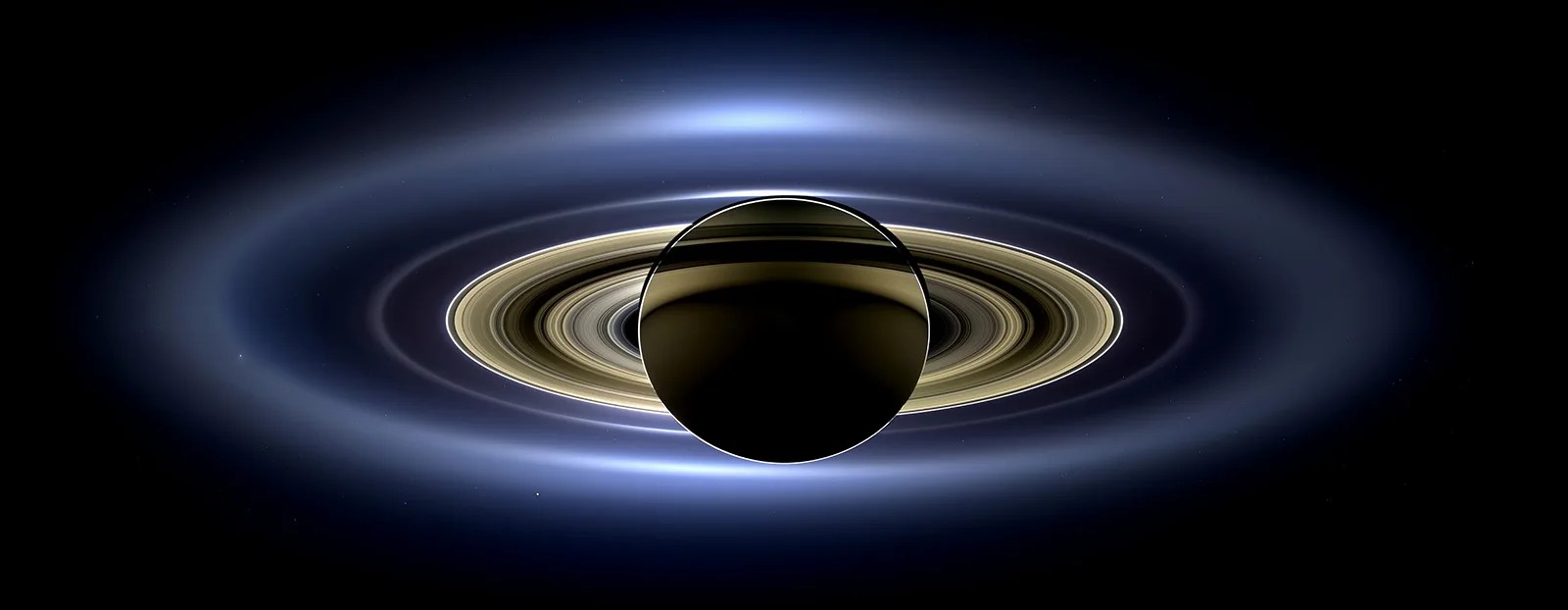
The rings of the giant planets contain a variety of different dusty materials. Jupiter's rings are made of fine rock dust. Saturn's rings are mostly pure water ice, with a sprinkling of other materials. (Side note about Saturn's rings: While most of the particles are boulder-sized, there's also lots of fine dust, and some of the fainter rings are mostly dust with few or no large particles.) Dust in the rings of Uranus and Neptune is made of dark, sooty material, probably rich in carbon.
Over time, dust gets removed from ring systems due to a variety of processes. For example, some of the dust falls into the planet's atmosphere, while some gets swept up by the planet's magnetic fields, and other dust settles onto the surfaces of the moons and other ring particles. Larger particles eventually form new moons or get ground down and mixed with incoming material. This means rings can change a lot over time, so understanding how the tiniest ring particles are being moved about has bearing on the history, origins, and future of the rings.
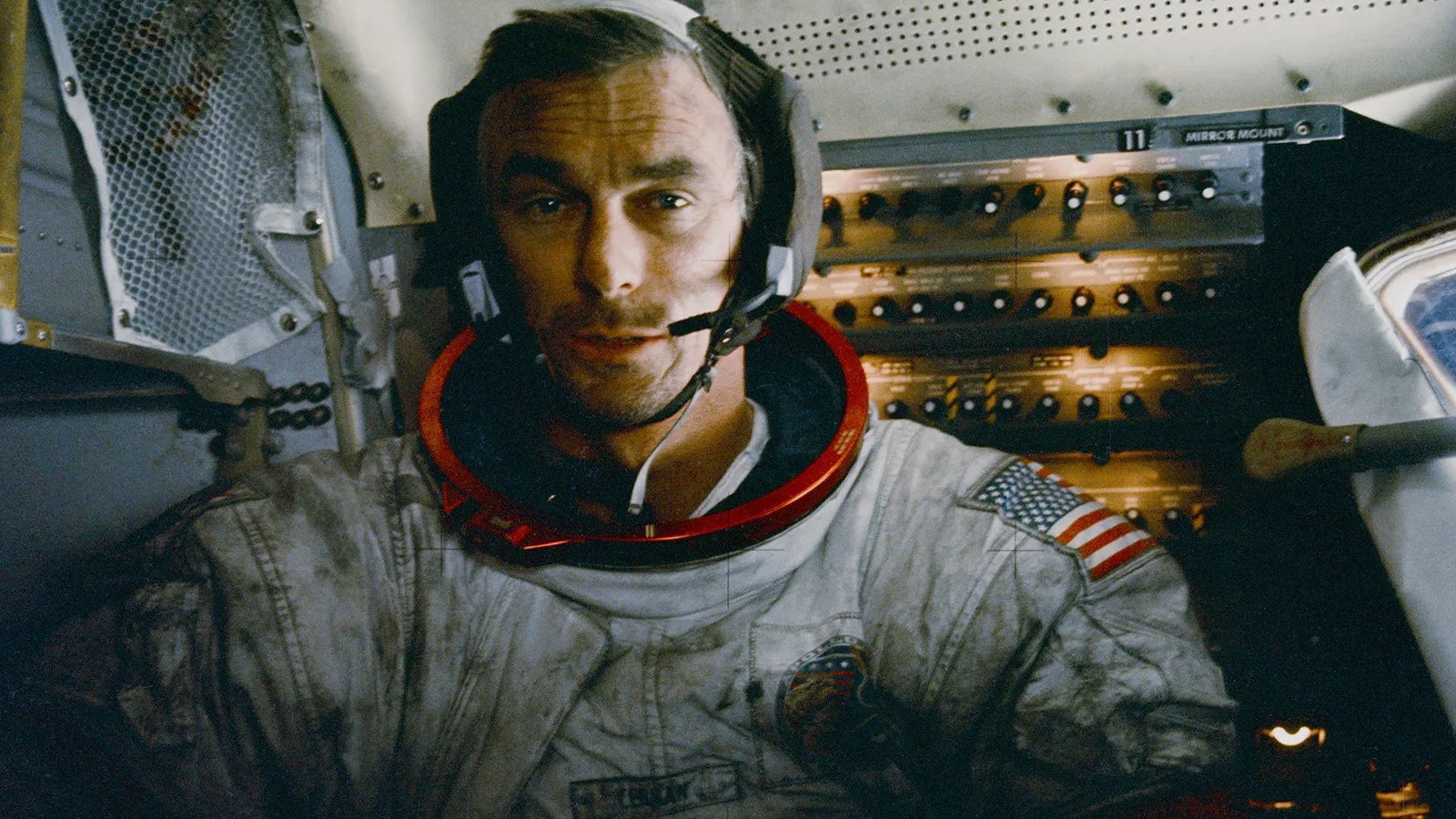
So, dust is kind of a thing on the Moon. When the Apollo astronauts visited the Moon, they found that lunar dust quickly coated their spacesuits and was difficult to remove. It was quite abrasive, causing wear on their spacesuit fabrics, seals, and faceplates. It also clogged mechanisms like the joints in spacesuit limbs, and it interfered with fasteners like zippers and Velcro. The astronauts also noted that it had a distinctive, pungent odor, not unlike gunpowder, and it was an eye and lung irritant.
Many of these properties apparently can be explained by the fact that lunar dust particles are quite rough and jagged. While dust particles on Earth get tumbled and ground by the wind into smoother shapes, this sort of weathering doesn't happen so much on the Moon. The roughness of Moon dust grains makes it very easy for them to cling to surfaces and scratch them up. It also means they're not the sort of thing you would want to inhale, as their jagged edges could damage delicate tissues in the lung.

Most comets are basically clods of dust, rock, and ice. They spend most of their time far from the Sun, out in the refrigerated depths of the outer solar system, where they're peacefully dormant. But when their orbits carry them closer to the Sun – that is, roughly inside the orbit of Jupiter – comets wake up. In response to warming temperatures, the ices on and near their surfaces begin to turn into gases, expanding outward and away from the comet, and creating focused jets of material in places. Dust gets carried away by this rapidly expanding gas, creating a fuzzy cloud around the comet's nucleus called a coma. Some of the dust also is drawn out into a long trail – the comet's tail.
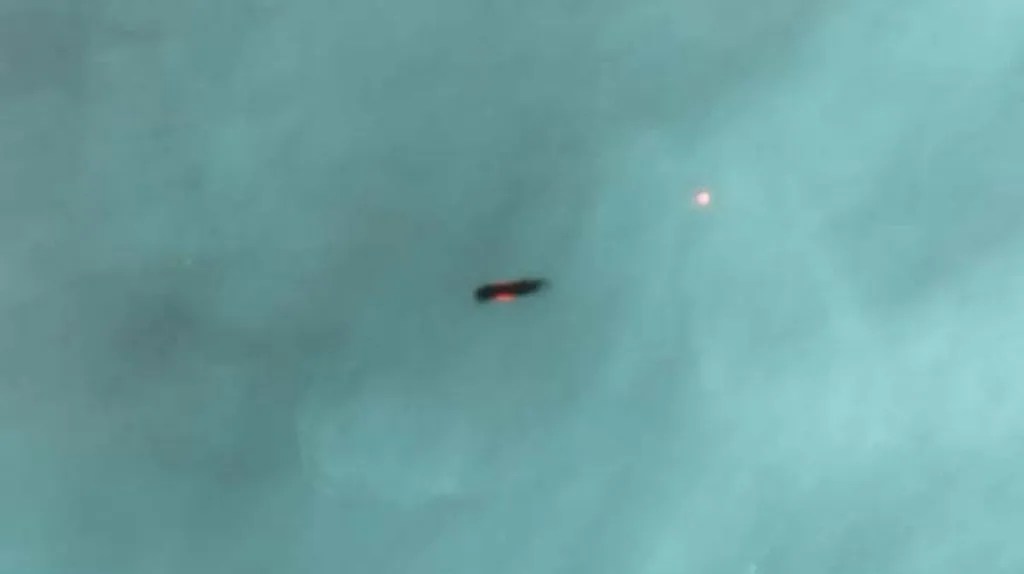
Dust in our solar system is continually replenished by comets whizzing past the Sun and the occasional asteroid collision, and it's always being moved about, thanks to a variety of factors like the gravity of the planets and even the pressure of sunlight. Some of it even gets ejected from our solar system altogether.
With telescopes, we also observe dusty debris disks around many other stars. As in our own system, the dust in such disks should evolve over time, settling on planetary surfaces or being ejected, and this means the dust must be replenished in those star systems as well. So studying the dust in our planetary environs can tell us about other systems, and vice versa. Grains of dust from other planetary systems also pass through our neighborhood – a few spacecraft have actually captured and analyzed some of them – offering us a tangible way to study material from other stars.







